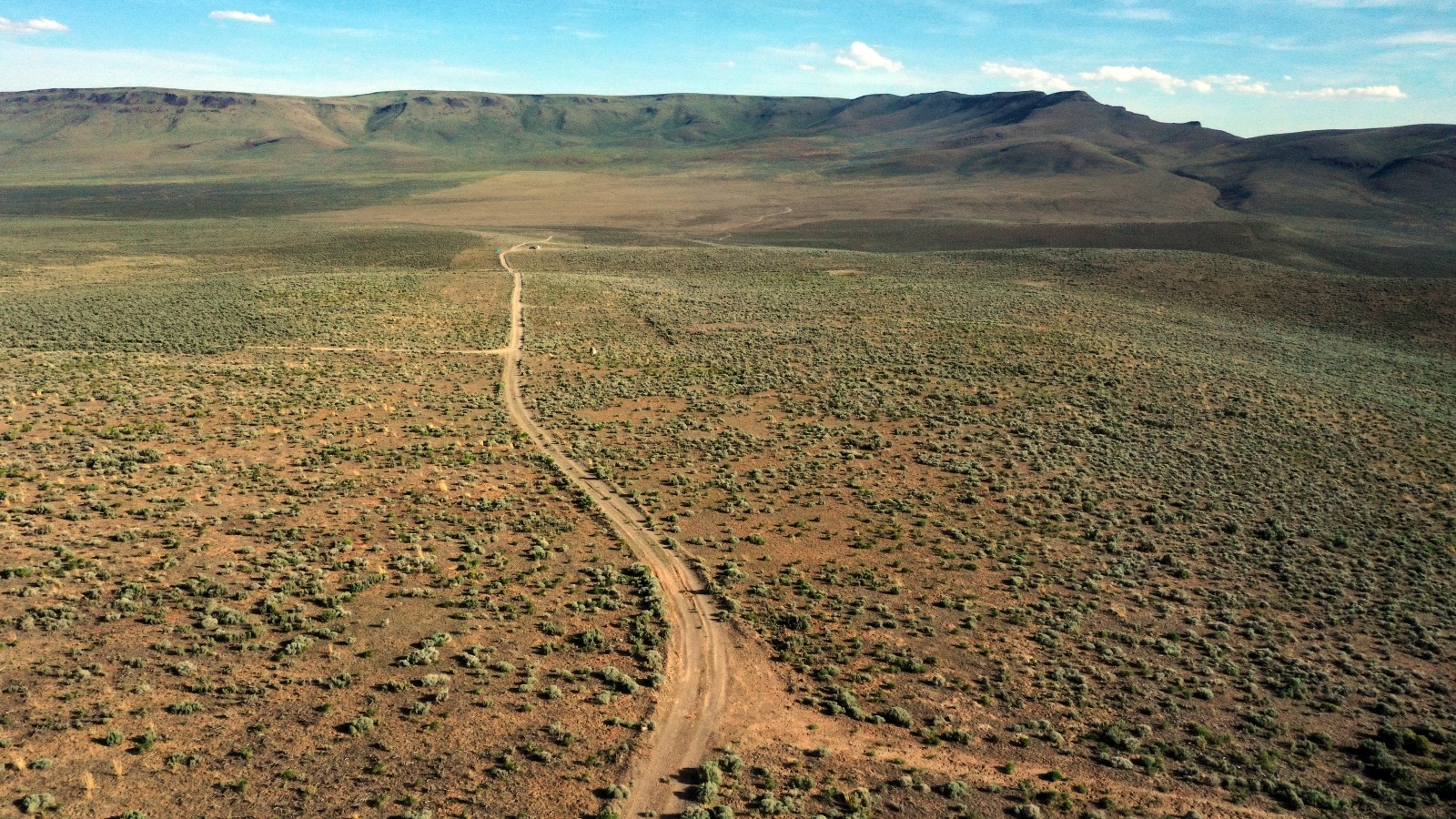I find myself drawn to visit some of the world’s most diverse ecosystems and exotic destinations. Yet, ironically, tourism and the carbon emissions to get to these places contributes to destroying these environmental and cultural marvels.
With Americans taking an estimated two billion leisure trips in 2024, travel is a good target to consider when we green our lives. A desire for environmentally responsible vacations has led to the development of an ecotourism industry, which promotes “responsible travel to natural areas that conserves the environment, sustains the well-being of the local people, and involves interpretation and education.”
Keeping these distinctions in mind, follow these tips when planning your next green vacation.
This article contains affiliate links. If you purchase an item through one of these links, we receive a small commission that helps fund our Recycling Directory.
Consider a Staycation
Have you thoroughly explored all that your local area has to offer? In his book, Wandering Home: A Long Walk Across America’s Most Hopeful Landscape, Bill McKibben describes the epitome of a staycation: “I had one of the best vacations ever a few years ago, when I just started walking out my back door in Vermont, traipsing 10 miles a day from one friend’s house to the next until, three weeks later, I’d covered my entire region. I learned more about where I live in those weeks of walking than in the five years I’d spent driving through it.”
For your next vacation, consider staying at home or a nearby B&B while taking day trips to local attractions. Long-distance travel will boost the carbon footprint of your vacation, making a staycation very appealing. With the money and time saved on plane tickets or gasoline, you can treat yourself to fancy dinners or fun events. Be sure to make it a real vacation and save home improvement or housekeeping projects for another time.

Support Locally Owned Businesses
By supporting locally owned businesses, our travel dollars stay in the local economy, creating the multiplier effect. This is the principle that more jobs and wealth are created when we support locally owned businesses. One study in Austin, Texas, shows that purchases generate more than three times the local economic activity when shoppers make their purchases from locally owned, sustainable merchants instead of chain stores.
If you are in a country with markets, this is a great way to support small local merchants. Whenever possible, dine, sleep, and shop in locally owned businesses.
If you are having difficulty finding lodging, consider Airbnb, which connects people and accommodations across the globe. This can involve renting a room or even an entire apartment. Be sure to read the reviews to find a home that is a good fit for you.
Use Green Travel Companies
There are certainly different shades of green and cultural sensitivity associated with tour companies. Although mission statements can be deceiving, it is a good start to select a company with a positive green mission statement, such as Arutam Ecotours, which engages local indigenous peoples in its programs. Indigenous insights are especially valuable to your understanding of the land and people when traveling to highly sensitive ecosystems.

Seek Attractions That Protect Habitat
While traveling in Ecuador last month, I heard many locals express how creating national parks is attracting tourists. In other words, protecting wildlife habitat is attracting tourists and creating green jobs.
A great example was Isla Corazon on the southern coast of Ecuador. The ecotourism initiative seeks to educate visitors and restore the mangrove resources of this ecosystem. Now a mere 15 years after this initiative began, the island is reforested and home to numerous bird species, including egrets, heron, frigatebirds, kingfisher, and warbler. There are now a handful of guides employed, and numerous nearby business that benefit from the stream of visitors.
Use Public Transportation
Most cities have decent public transportation systems, and many countries have good rail or bus systems throughout. Using mass transit will keep your carbon emissions down while traveling. Getting information on routes can be tricky and may require asking knowledgeable locals. Google Maps has public transportation routes information for some areas, with train stops indicated on most maps. If you have a GPS, this can help prevent you from getting hopelessly lost or missing your stop.
Reduce Your Home Energy Use
Don’t forget to taper down your home energy use while traveling. If your home will be unused, turn off your hot water heater to eliminate standby loss. Turn your heating system down and unplug any unnecessary gadgets, such as alarm clocks, electric toothbrushes, televisions, DVD players, computers, modems, and printers, which often drain electricity even when not in use.
Editor’s note: Originally published on April 7, 2015, this article was updated in December 2024. Images in this article are courtesy of Sarah Lozanova.
Source link
Sarah Lozanova earth911.com


